


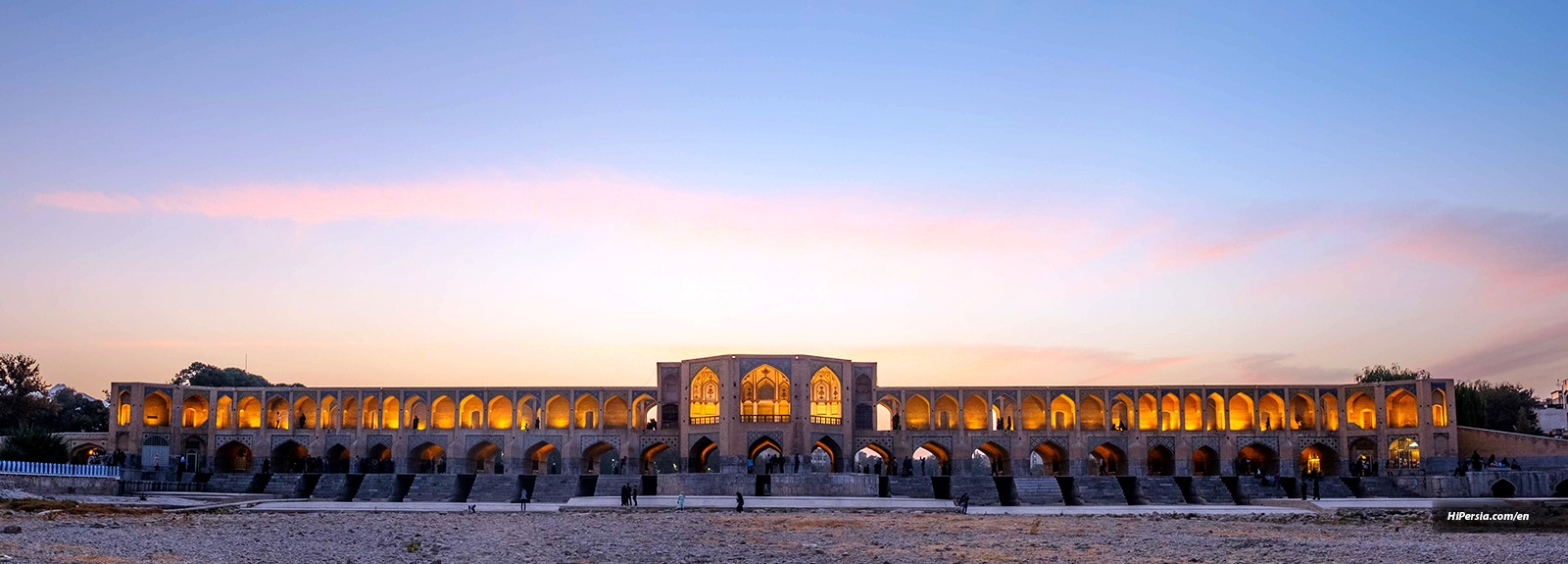
Khaju Bridge is one of the architectural masterpieces of bridges in Iran, located on the Zayanderud River in Isfahan.
If you want to visit the architectural masterpieces of Isfahan, we suggest you go to Khaju Bridge. The bridges connecting the two sides of Zayanderud are plentiful. But the special appearance of the Khaju Bridge is something else.
The architectural features and the use of tile decoration made the bridge more famous than other bridges of the Zayanderud River, and it is considered one of the most beautiful bridges in the world in its era.
Generally, this bridge was used as both a dam and a bridge. The length of the Khaju Bridge is 133 meters, and wide is 12 meters. It has 21 streams and 26 springs. The bridge is made of stone and brick. The bridge has 24 spans that are made of carefully cut bricks, and in the middle of it are wooden dams for catching river water.
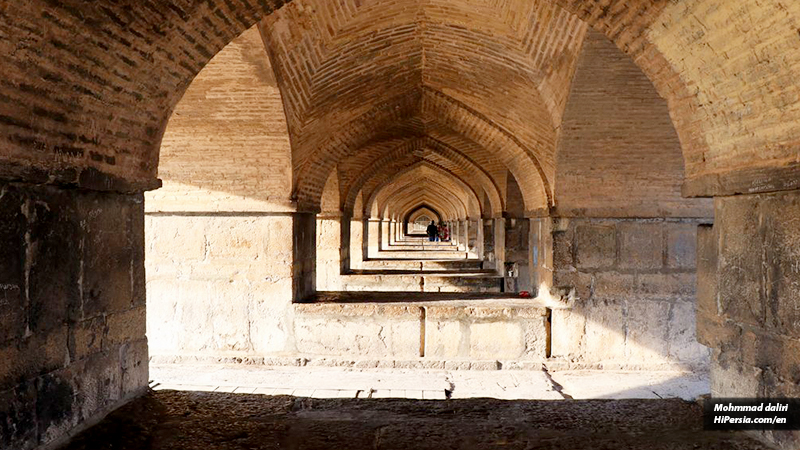
In addition to being used for pedestrian crossings, this bridge was also made for the outing of the people and the king. The Khaju Bridge was built during the time of Shah Abbas II. The Khaju Bridge has two eastern and western sides. Each side has a building called Shahneshin (A room is a fairly higher height than other rooms.) or Bigler Beiki, which has several decorated rooms. There are beautiful paintings in Shahneshin's rooms that have made them very special. The Shahneshins were used for the temporary residence of the king and his family. At the time of swimming and canoe competitions, the emirs and grandees used these places.
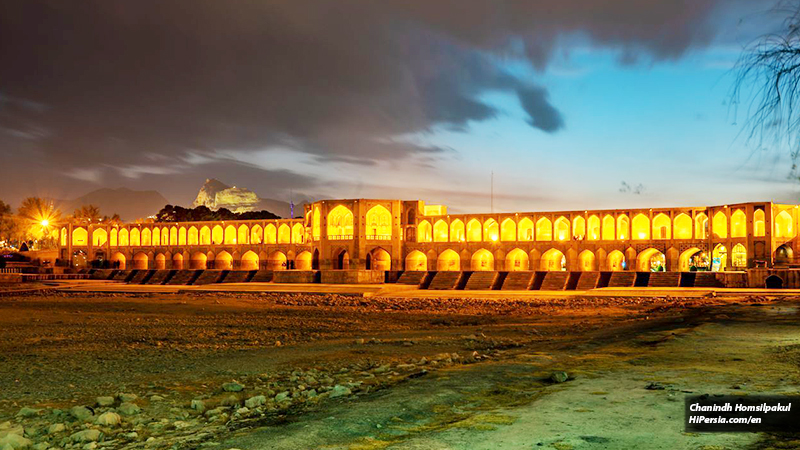
The best time to visit this beautiful bridge is in the spring. In the spring of the Zayanderud River is full of water, and you can see the beautiful scenery on this bridge.
The Khaju Bridge joins Kamal Esmaeel and Ayine Khaneh Boulevard together, so you can access each of these ways. You can use the bus or subway to reach this bridge.
Bus: Use the lines that stop at Khaju Bridge, and after a short walk, enter from Kamal Esmaeel Street.
Metro: The nearest metro station to Khaju Bridge is the Si-o-se-pol station, which is about two kilometers from your destination. You must take a taxi after getting out of the metro. If you use this mode of transportation, you will enter the bridge from the Ayine Khaneh Street.
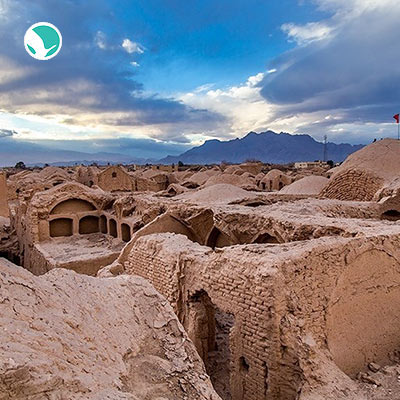
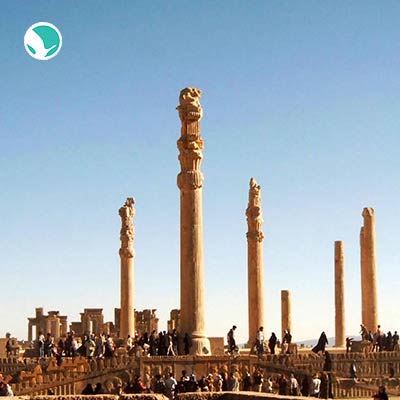
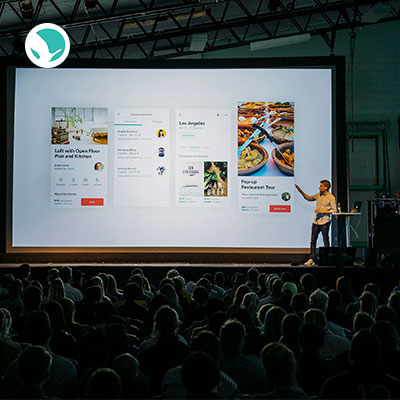
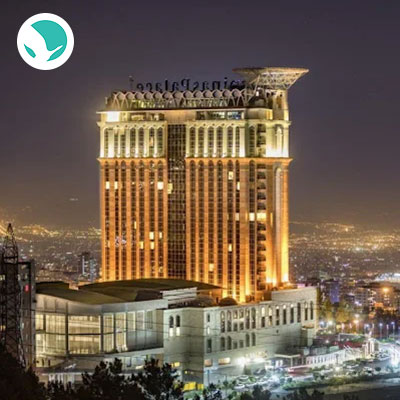
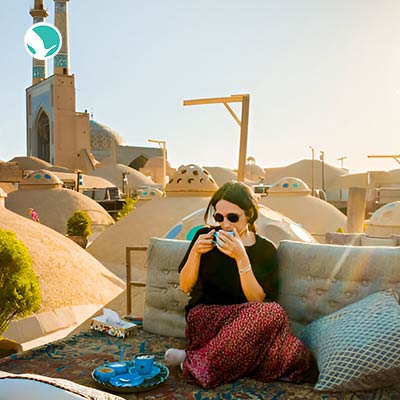
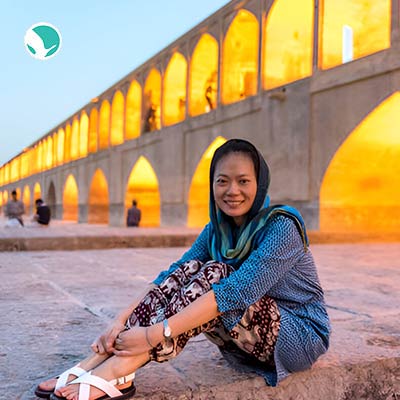
“Oh! Squander not this breath that Heaven hath lent thee, Nor make too sure another breath to borrow!’” Khayam